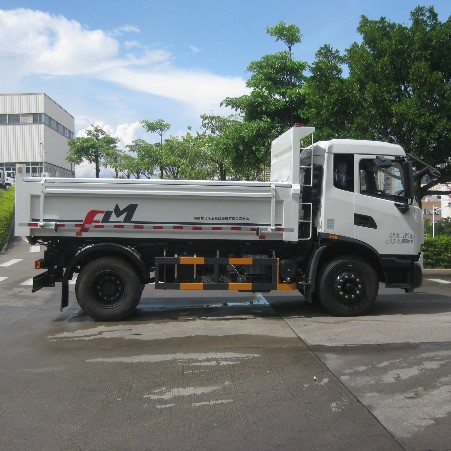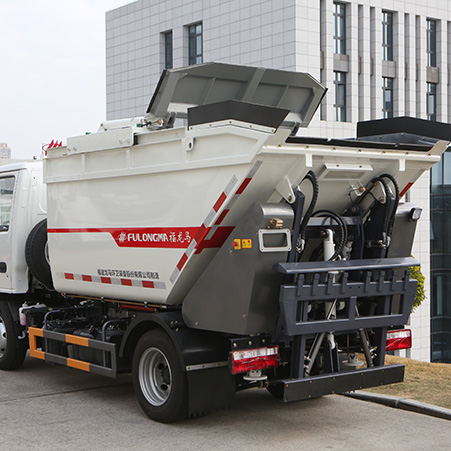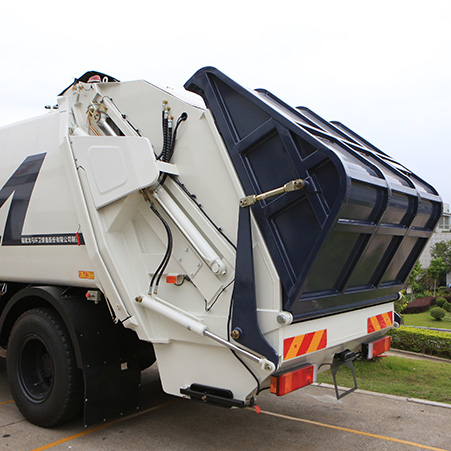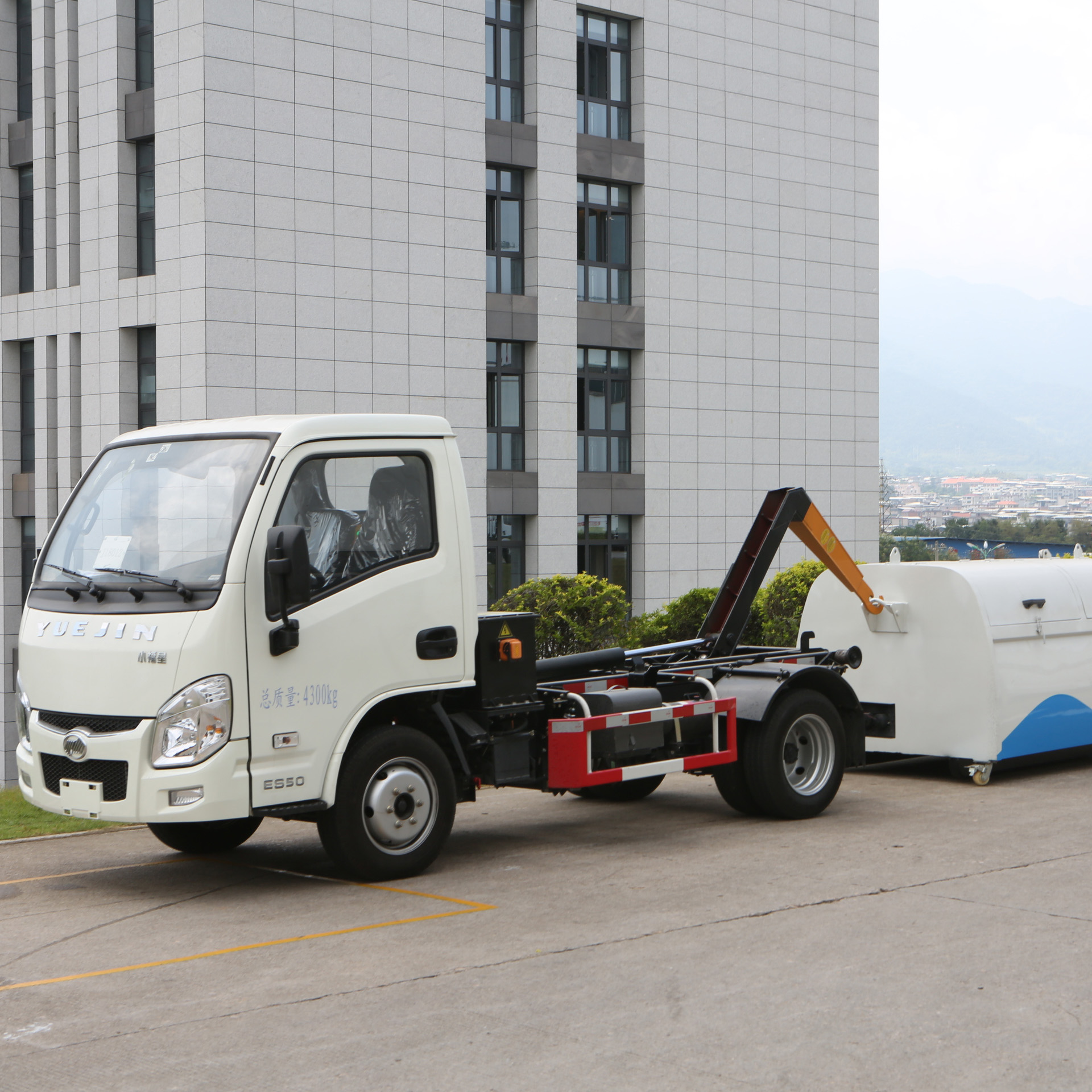In the realm of urban infrastructure, where the rhythms of the city hum harmoniously, there exists a vital yet often overlooked hero – the garbage truck. These behemoths of waste management prowling our streets ensure the cleanliness and hygiene of our surroundings, operating silently in the background to maintain the equilibrium of urban life.
But did you know that not all garbage trucks are created equal? Indeed, within the pantheon of waste management machinery, there exist distinct types, each designed with specific functionalities tailored to the diverse needs of modern cities. Today, we embark on an enlightening journey to unravel the intricacies of two prominent players in the garbage truck saga: the side loader and the rear loader.

What are Side Loader Garbage Trucks?
Side loader garbage trucks are equipped with an automated arm that lifts and empties containers into the truck’s hopper from the side. They are designed for efficiency, allowing the driver to operate the mechanism without leaving the cab, making them ideal for high-density areas where speed is of the essence.
What are Rear Loader Garbage Trucks?
Rear loader garbage trucks, on the other hand, require manual loading of waste, with workers tossing bags or emptying bins into the hopper at the back of the truck. This type of truck is versatile and can handle a variety of waste, including large or bulky items that may not fit into automated side loaders.
Comparison of Side Loader and Rear Loader Trucks
Collection Mechanism
One of the most striking differences between side loader and rear loader trucks lies in their collection mechanisms. Side loaders utilize hydraulic arms equipped with automated grippers to lift and empty individual bins, while rear loaders employ a hydraulic compactor to compress and hoist entire loads into the rear compartment.
Capacity
When it comes to capacity, rear loader trucks typically reign supreme, boasting larger storage compartments capable of accommodating substantial volumes of waste. In contrast, side loader trucks offer more flexibility in handling smaller loads and navigating tight spaces with greater agility.

Maneuverability
In the realm of urban congestion, maneuverability is key, and this is where side loader trucks shine. With their ability to access narrow alleys and congested streets without impeding traffic, they are the preferred choice for densely populated areas where space is at a premium. Rear loader trucks, while formidable in their own right, may struggle to navigate tight corners and confined spaces.
Efficiency
Efficiency is the lifeblood of waste management operations, and both side-loader and rear-loader trucks have their strengths in this regard. Side loader trucks excel in rapid, on-the-go collection, making them ideal for routes with frequent stops and varied waste streams. Rear loader trucks, on the other hand, boast impressive compaction capabilities, reducing the need for frequent unloading and maximizing operational efficiency.
Suitability for Different Applications
Ultimately, the choice between side loader and rear loader trucks depends on the specific needs and challenges of each urban environment. Side loader trucks are well-suited for residential areas with narrow streets and frequent stops, while rear loader trucks thrive in commercial districts and industrial zones where large volumes of waste are generated.
In conclusion, side loader and rear loader trucks, with their distinct capabilities and functionalities, represent two sides of the same coin – each indispensable in its own right. As cities continue to evolve and expand, so too will the need for innovative waste management solutions tailored to the unique challenges of urban living.
FAQs
Which type of garbage truck is more environmentally friendly?
While both side loader and rear loader trucks play important roles in waste management, rear loader trucks with their impressive compaction capabilities may be more environmentally friendly in terms of reducing the volume of waste transported to landfills.
Are side loader trucks more cost-effective than rear loader trucks?
The cost-effectiveness of side loader versus rear loader trucks depends on various factors, including the specific operational needs of the waste management company, the terrain of the service area, and the frequency of collection routes.
Can side loader trucks handle bulky waste items?
Side loader trucks are generally designed to handle standard waste bins and containers, making them less suitable for bulky waste items. Rear loader trucks, with their larger storage compartments and compaction capabilities, may be better equipped to handle such items.
Which type of garbage truck is safer for operators?
Both side loader and rear loader trucks are equipped with safety features to protect operators during waste collection operations. However, proper training and adherence to safety protocols are essential to minimize the risk of accidents and injuries.
Can side loader trucks be used for commercial waste collection?
While side loader trucks are primarily designed for residential waste collection, they can also be used for commercial waste collection in certain scenarios. However, rear loader trucks may be more suitable for handling large volumes of commercial waste efficiently.






